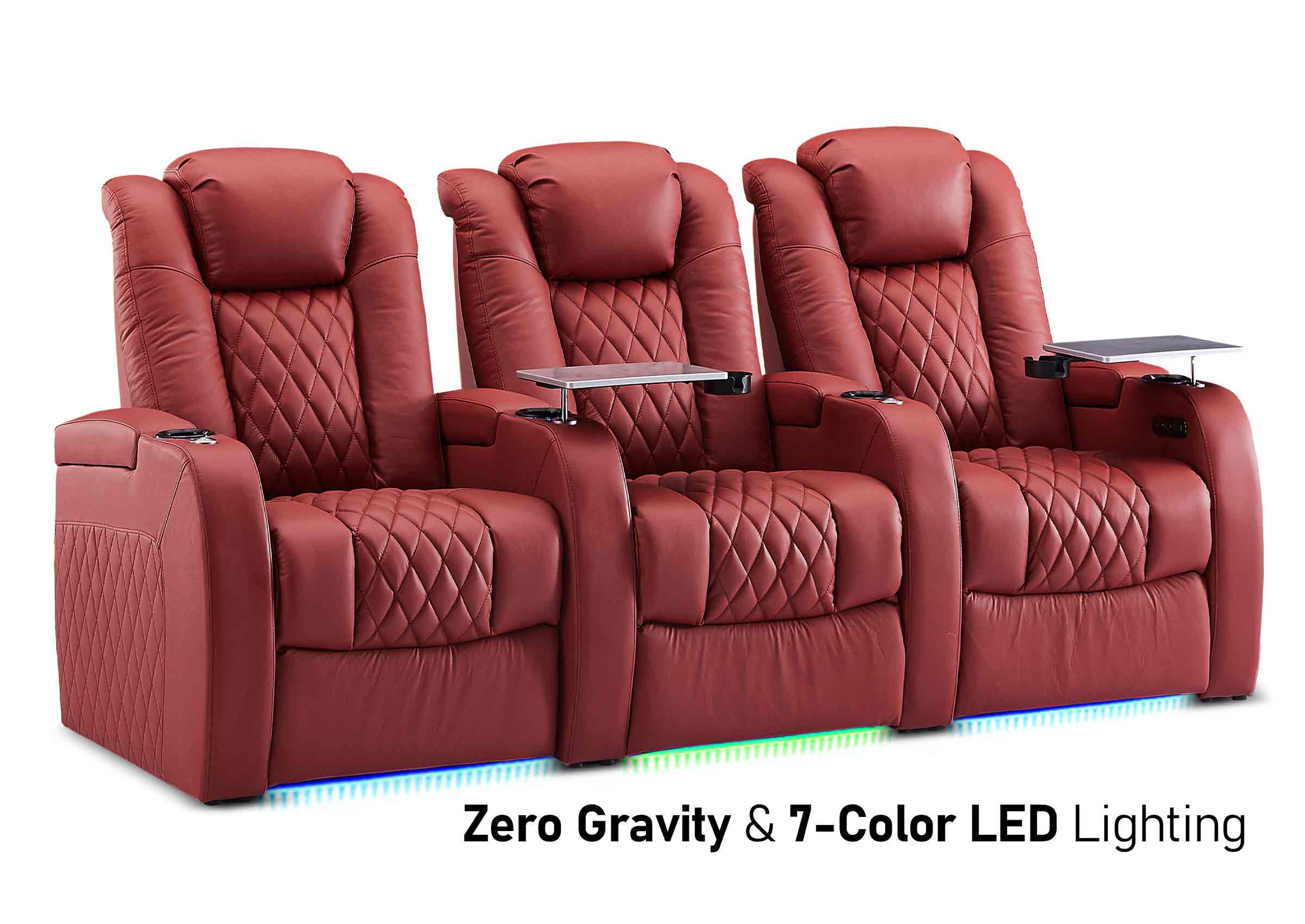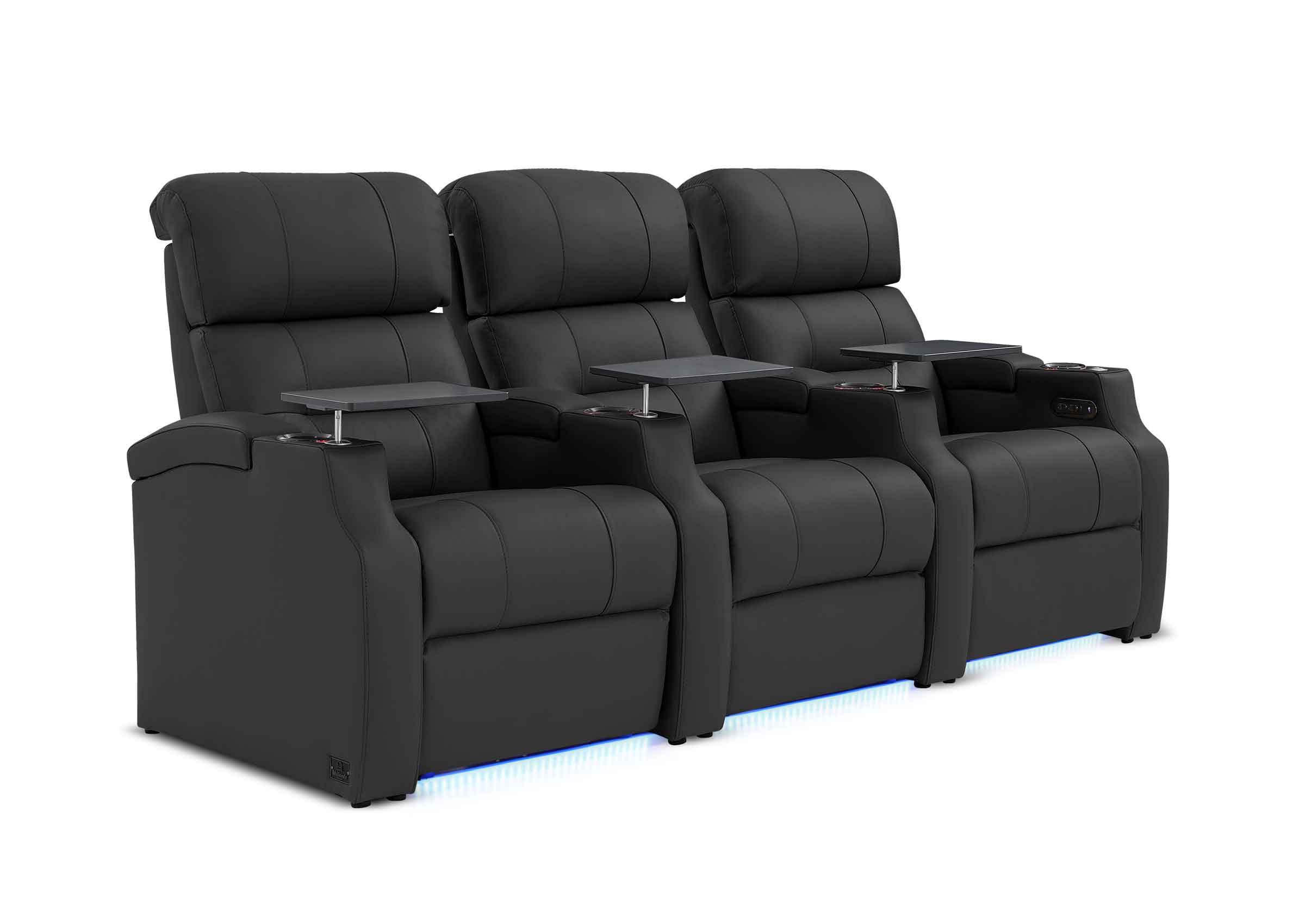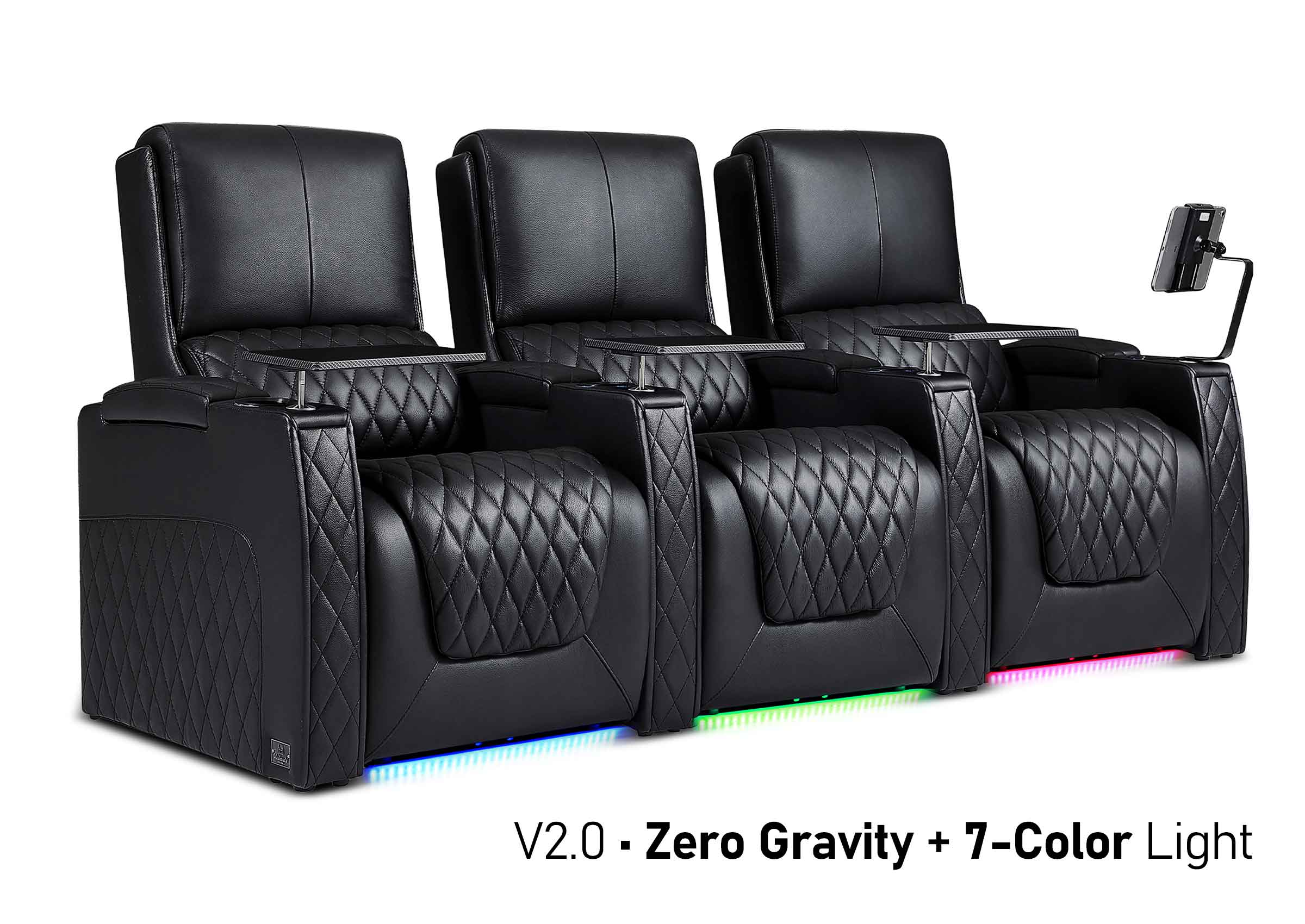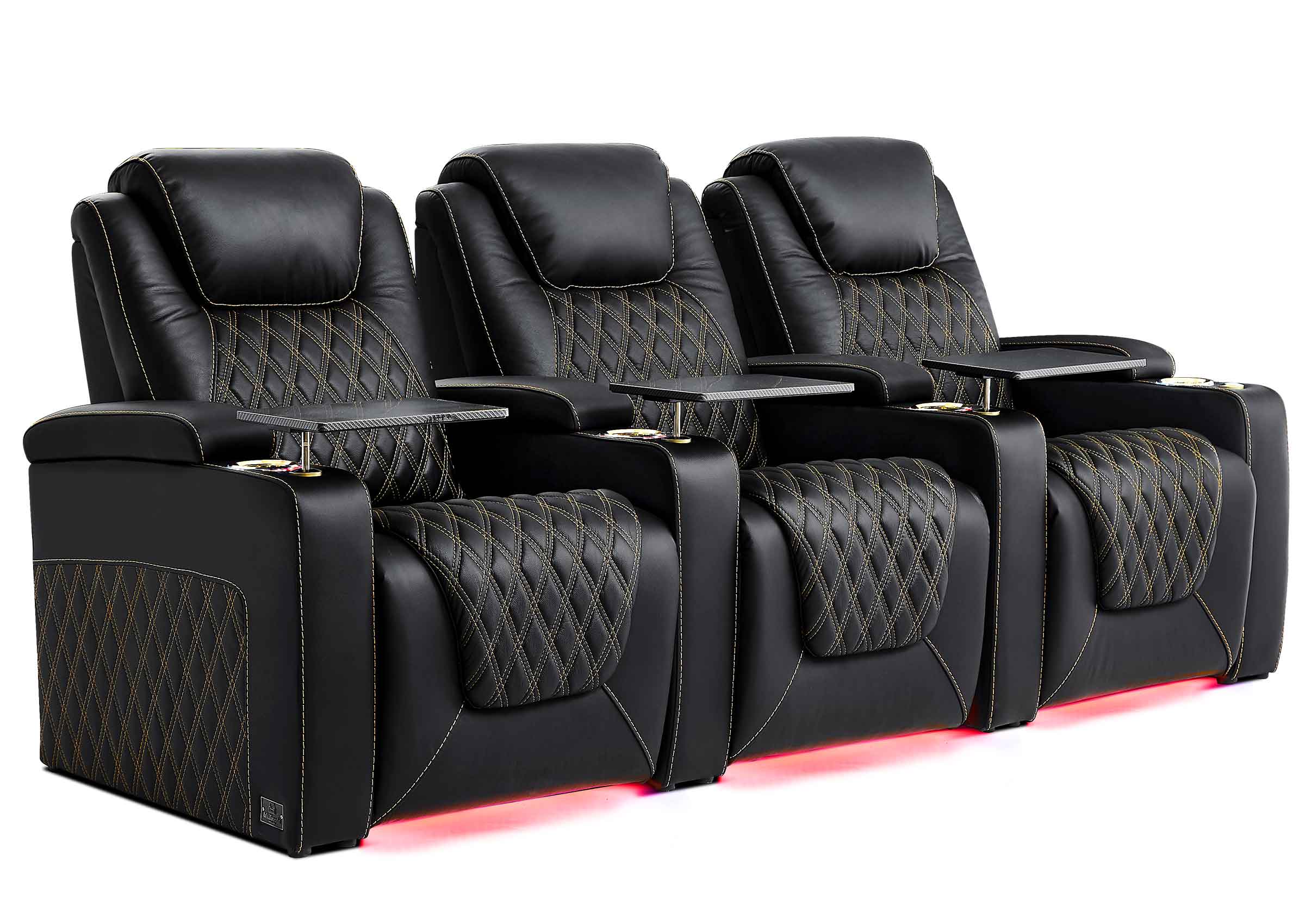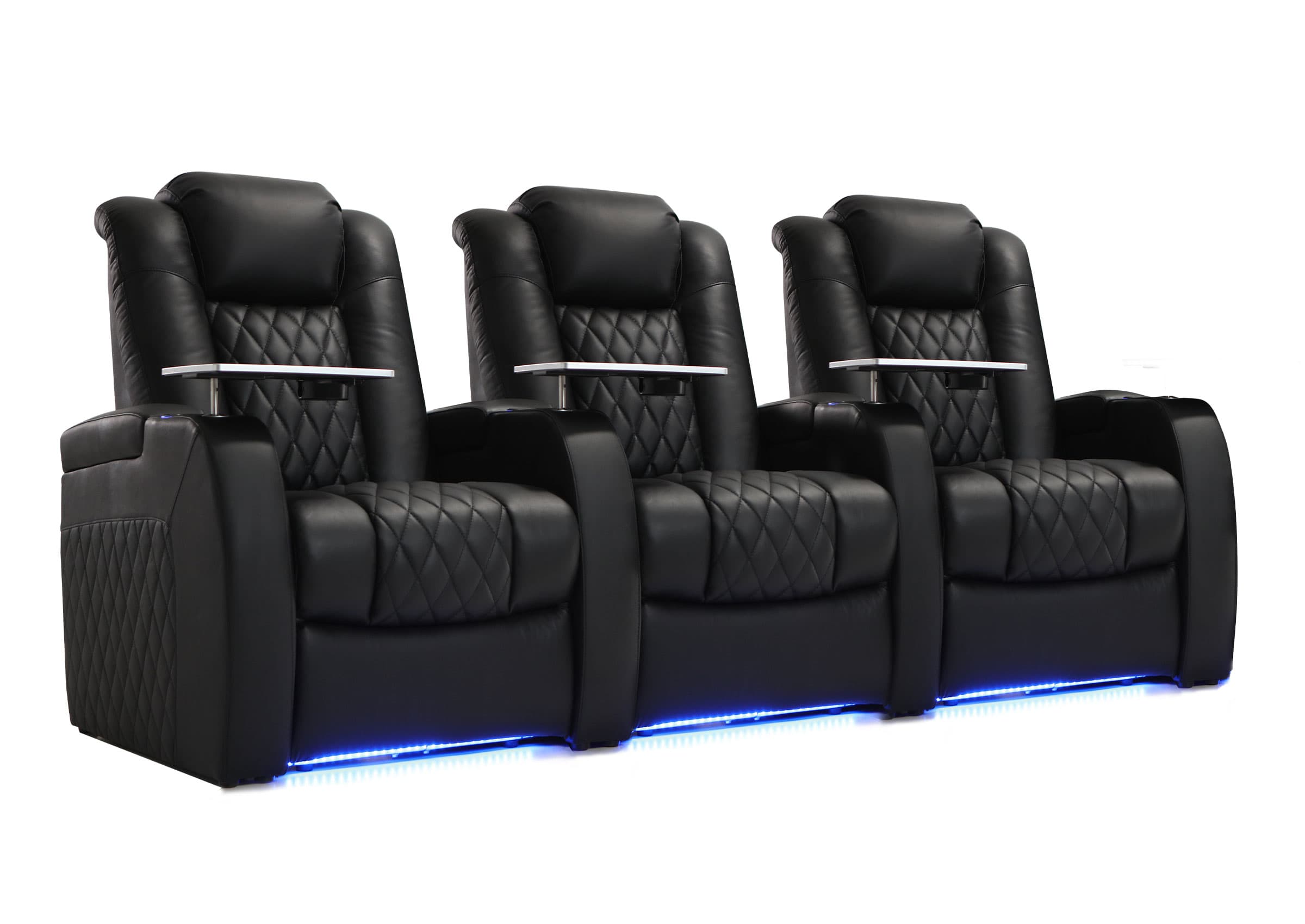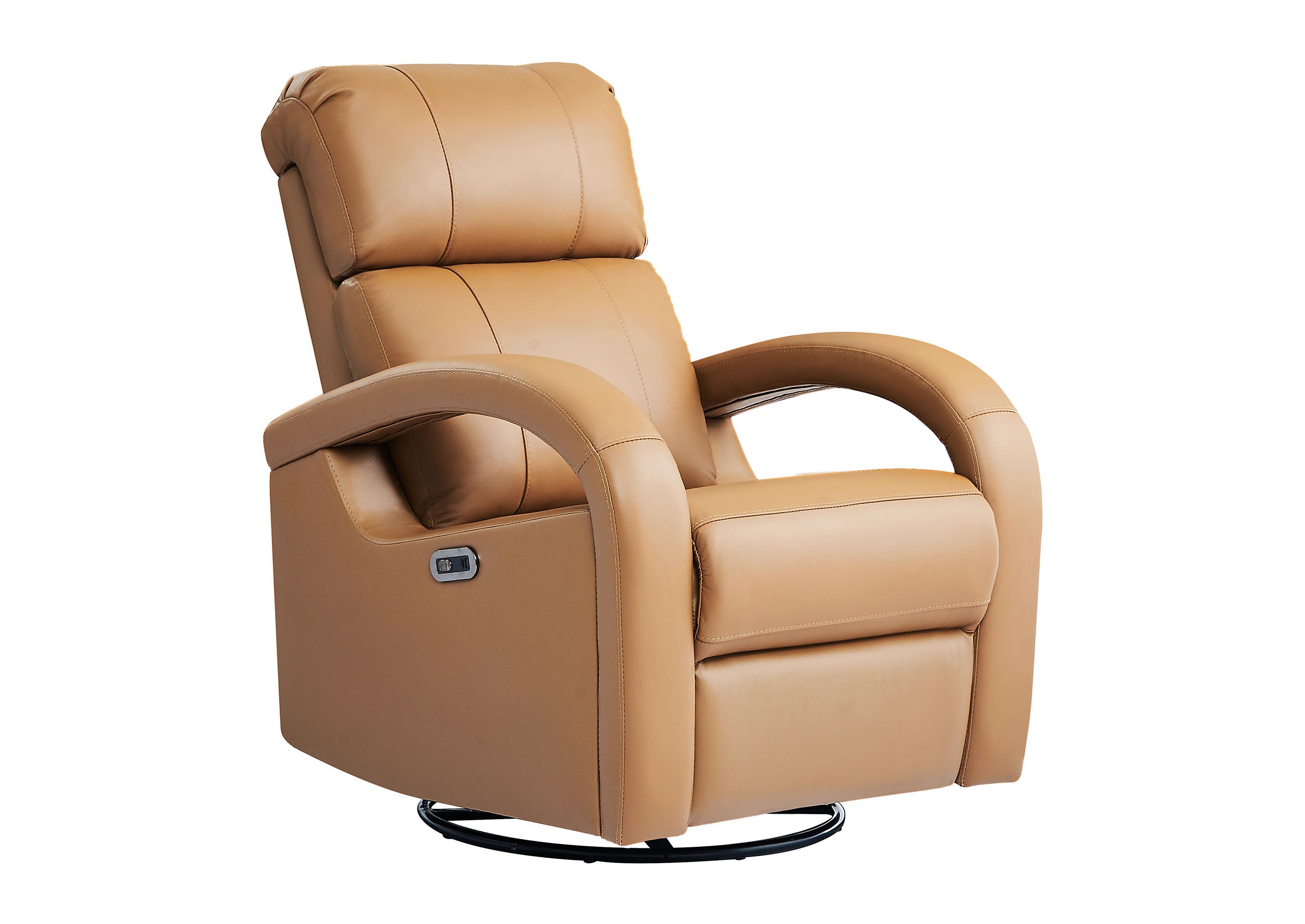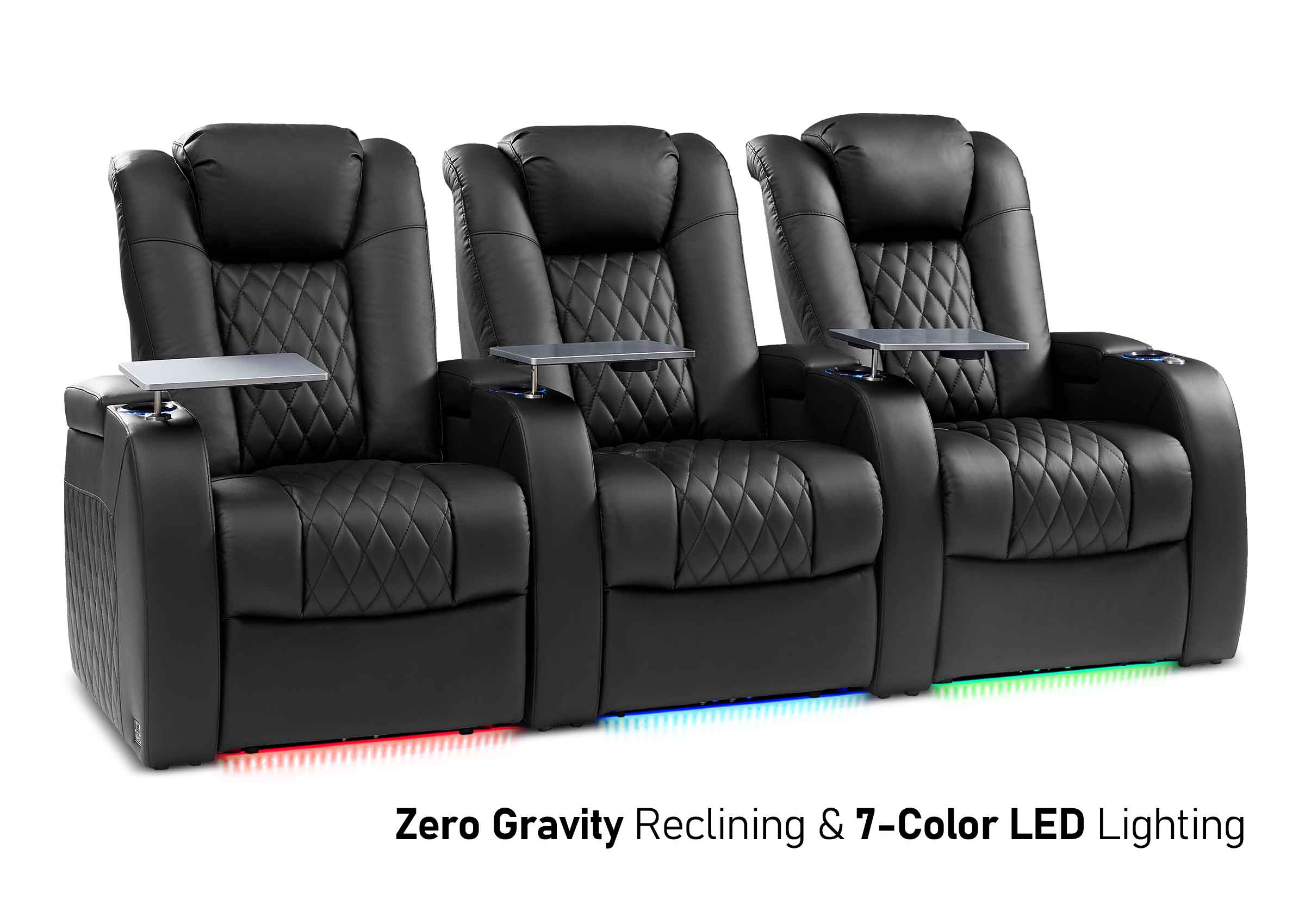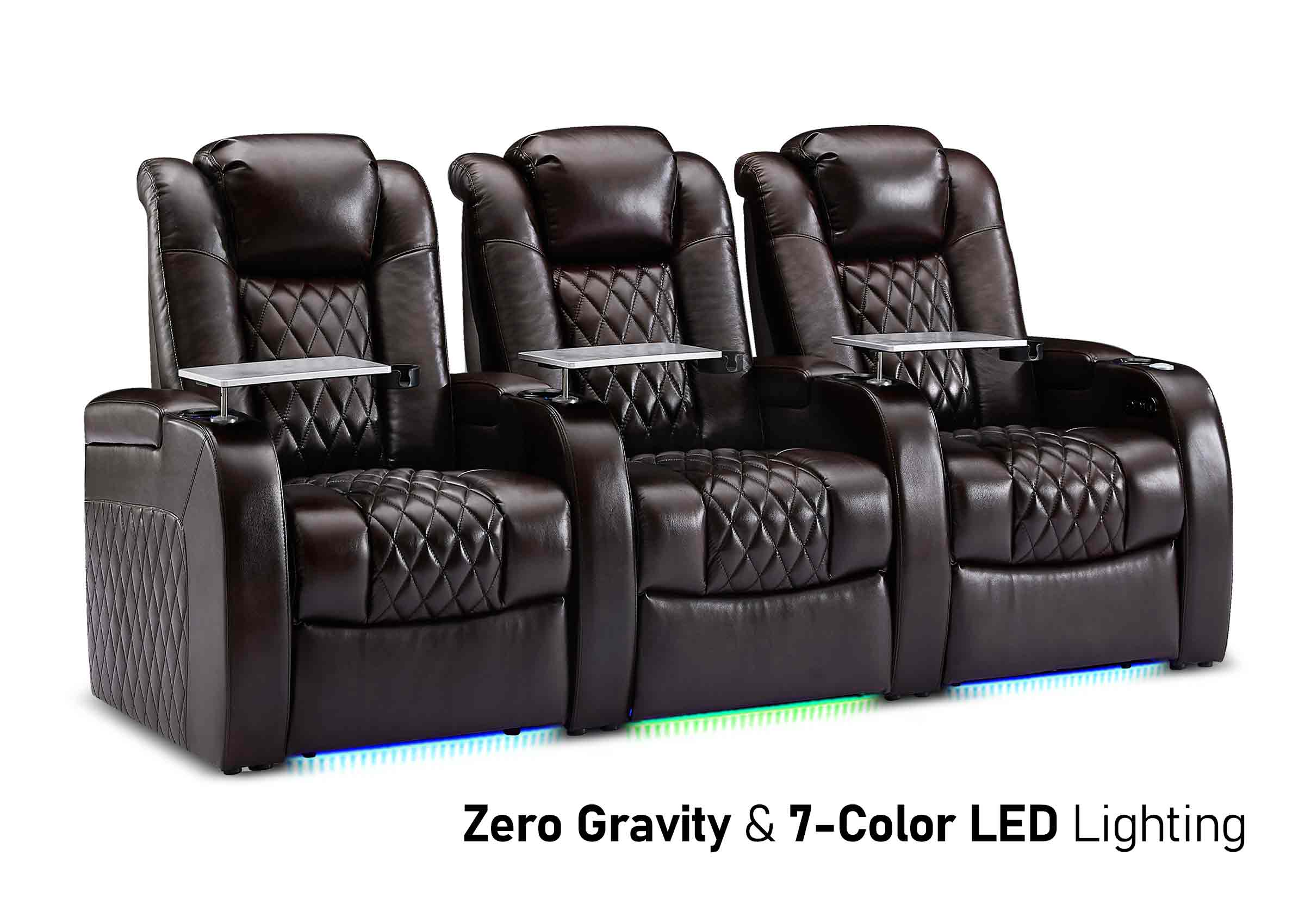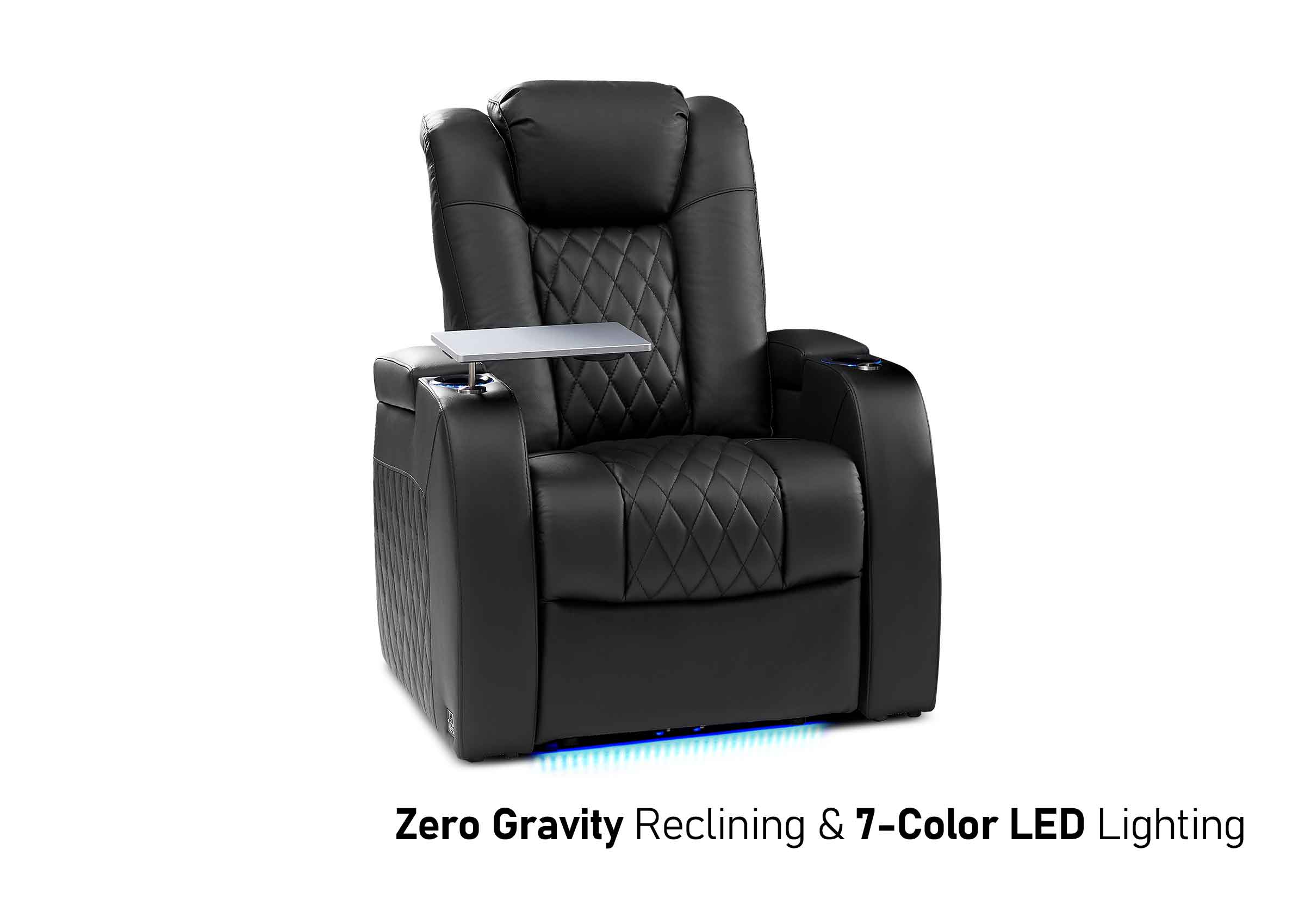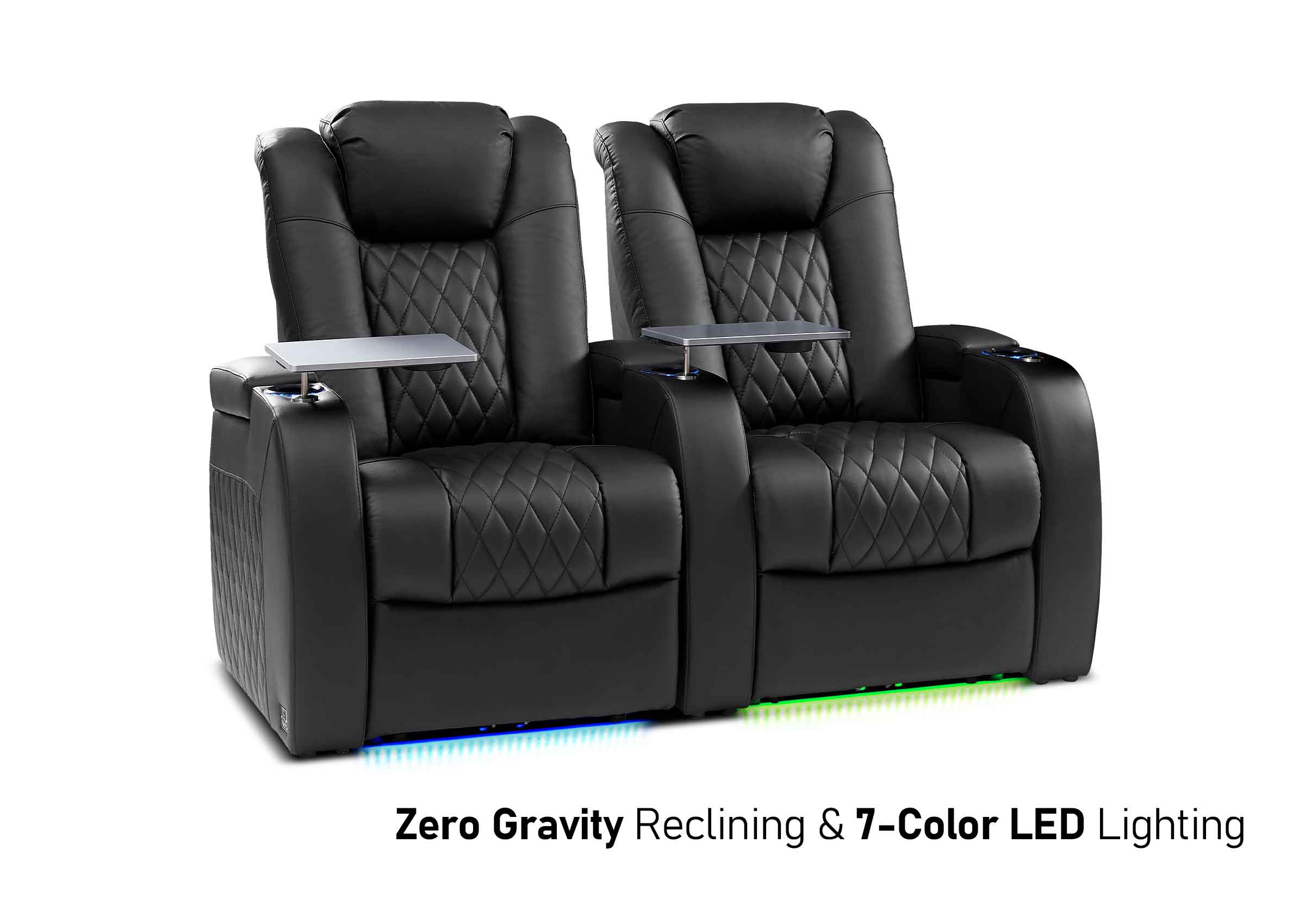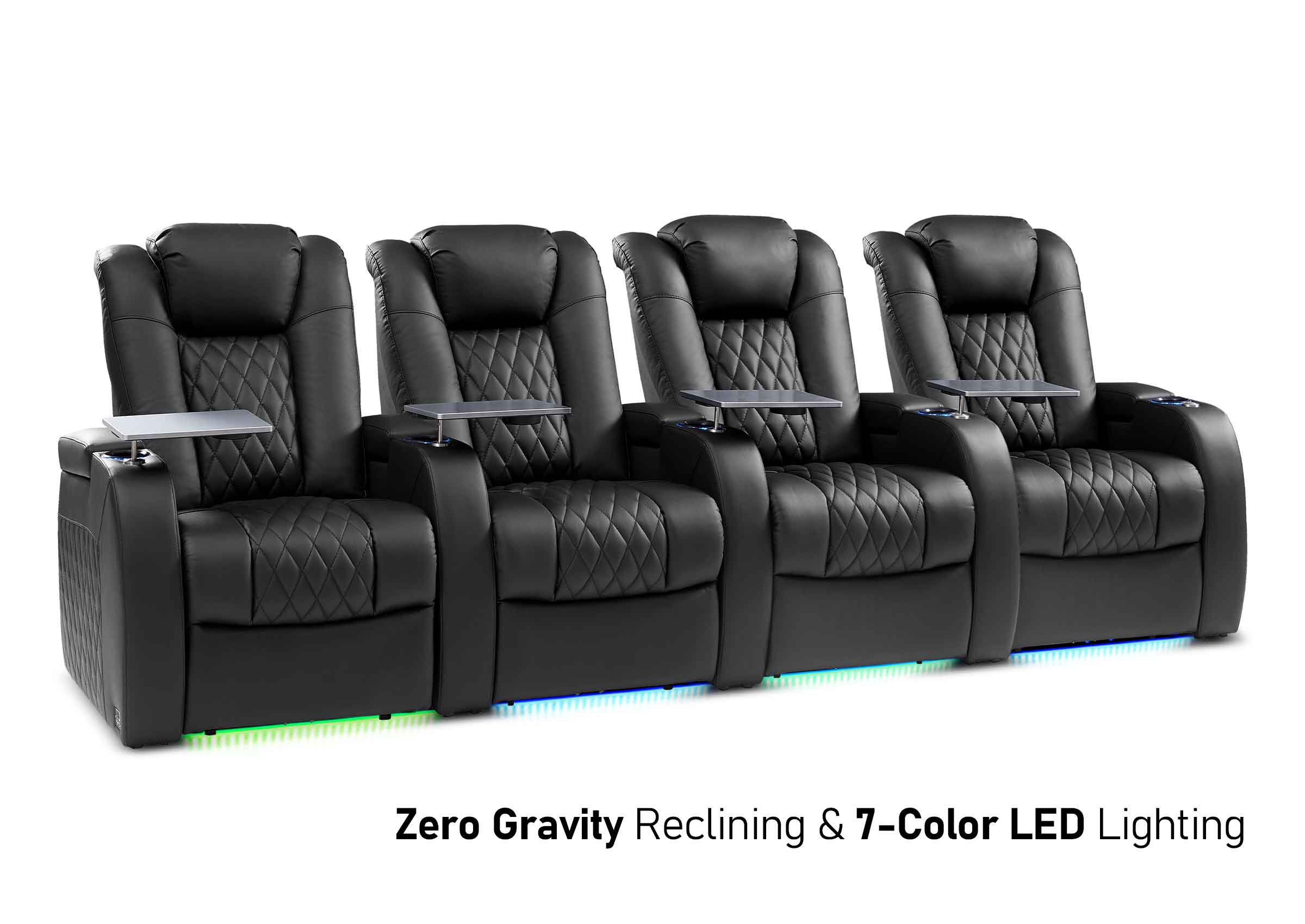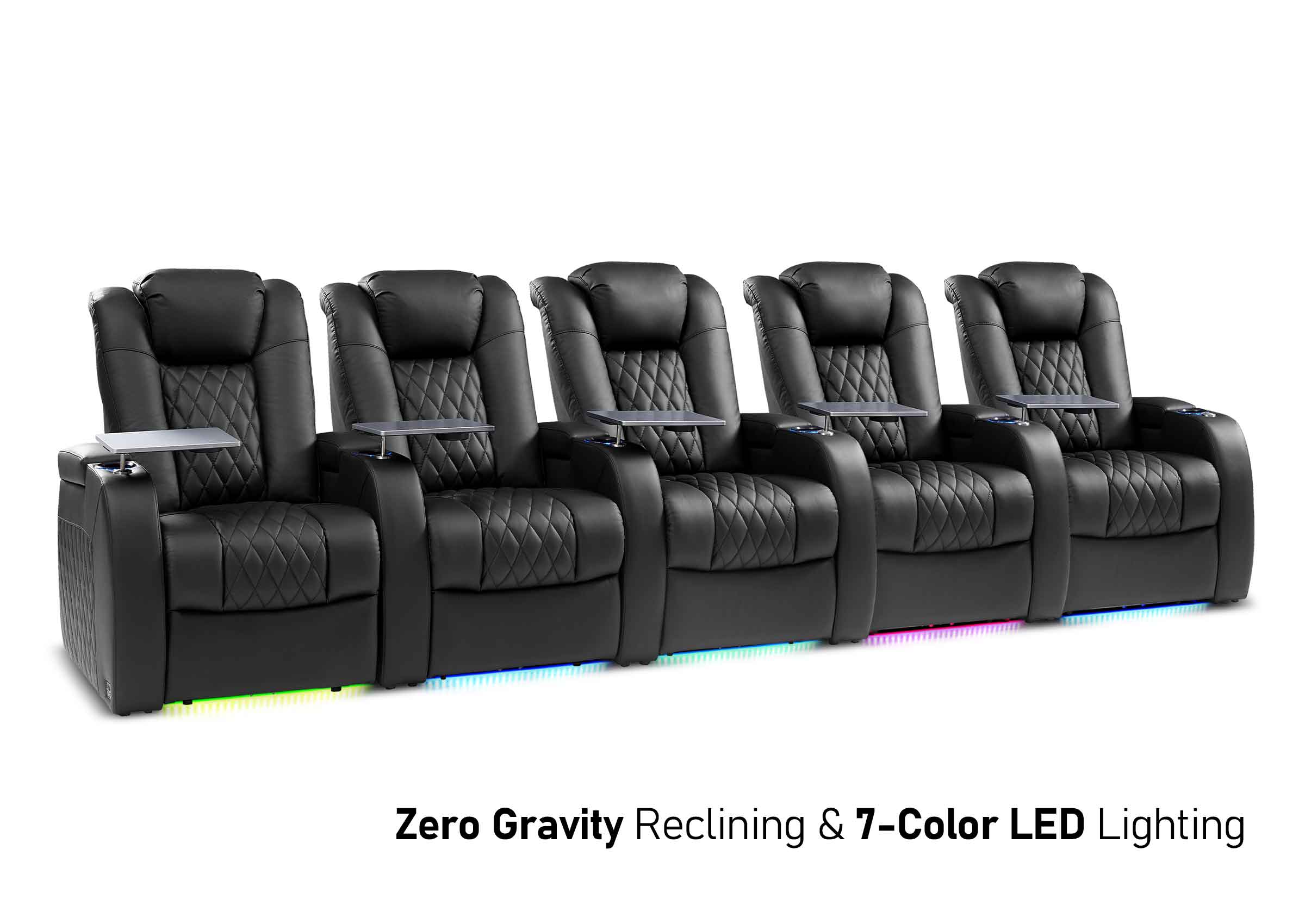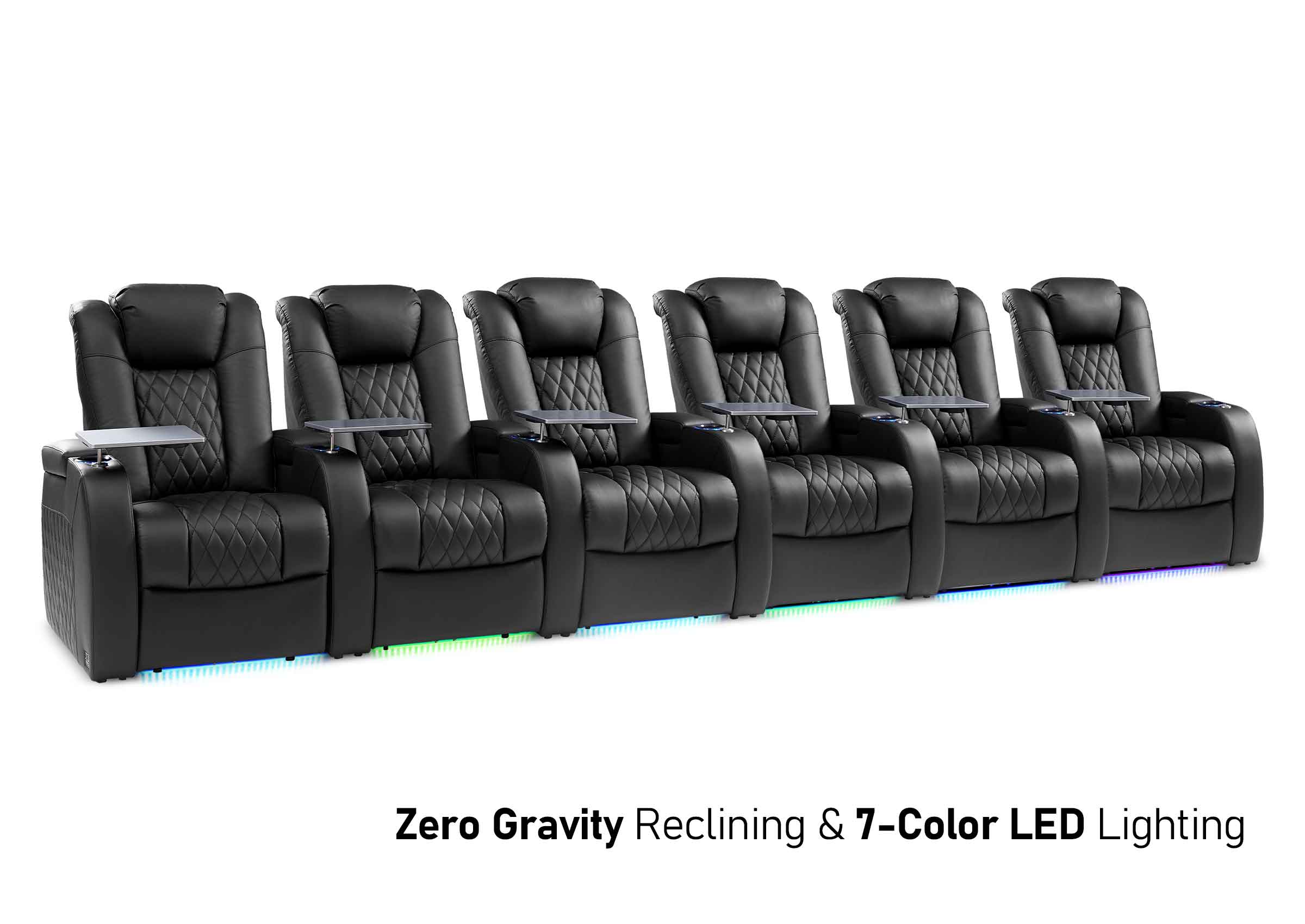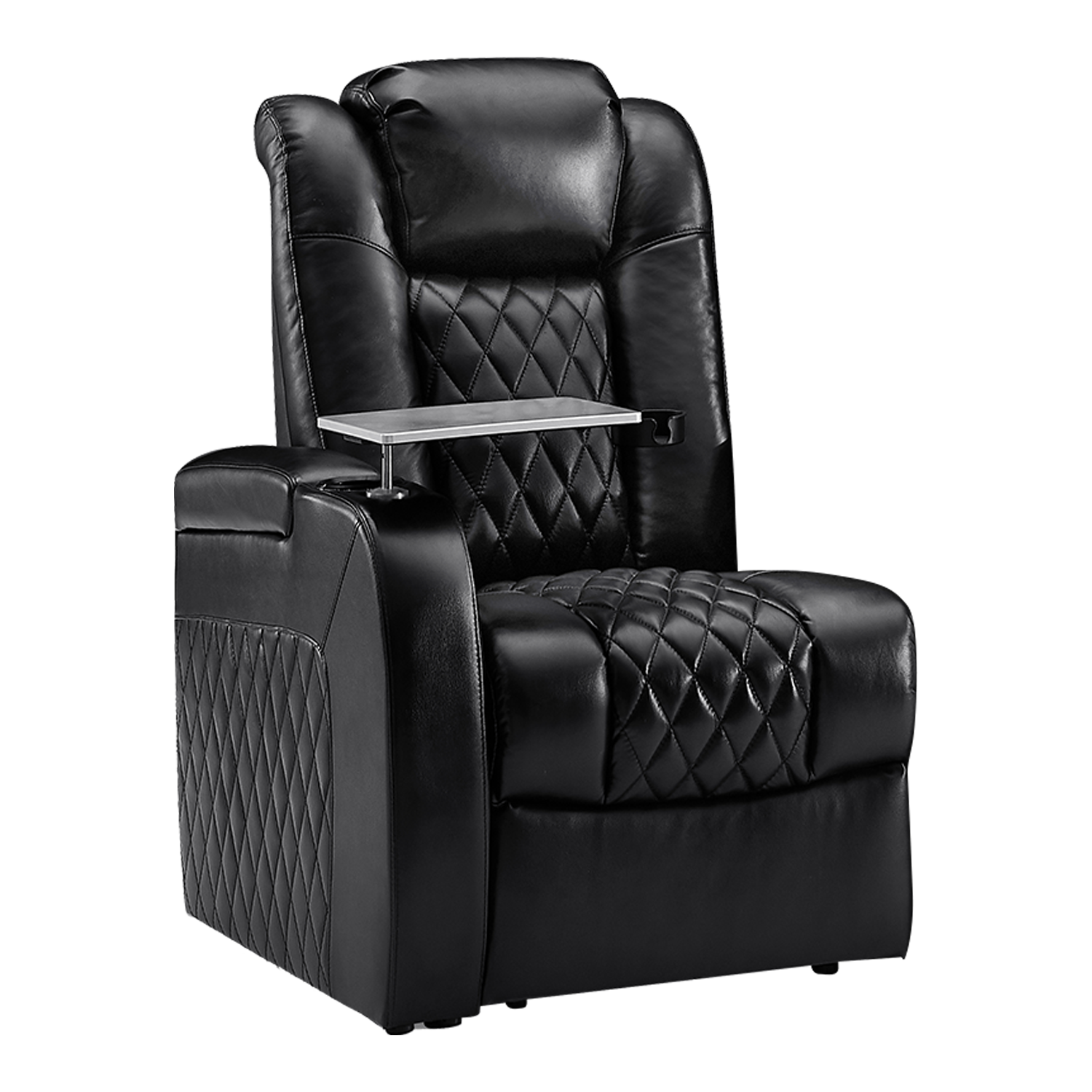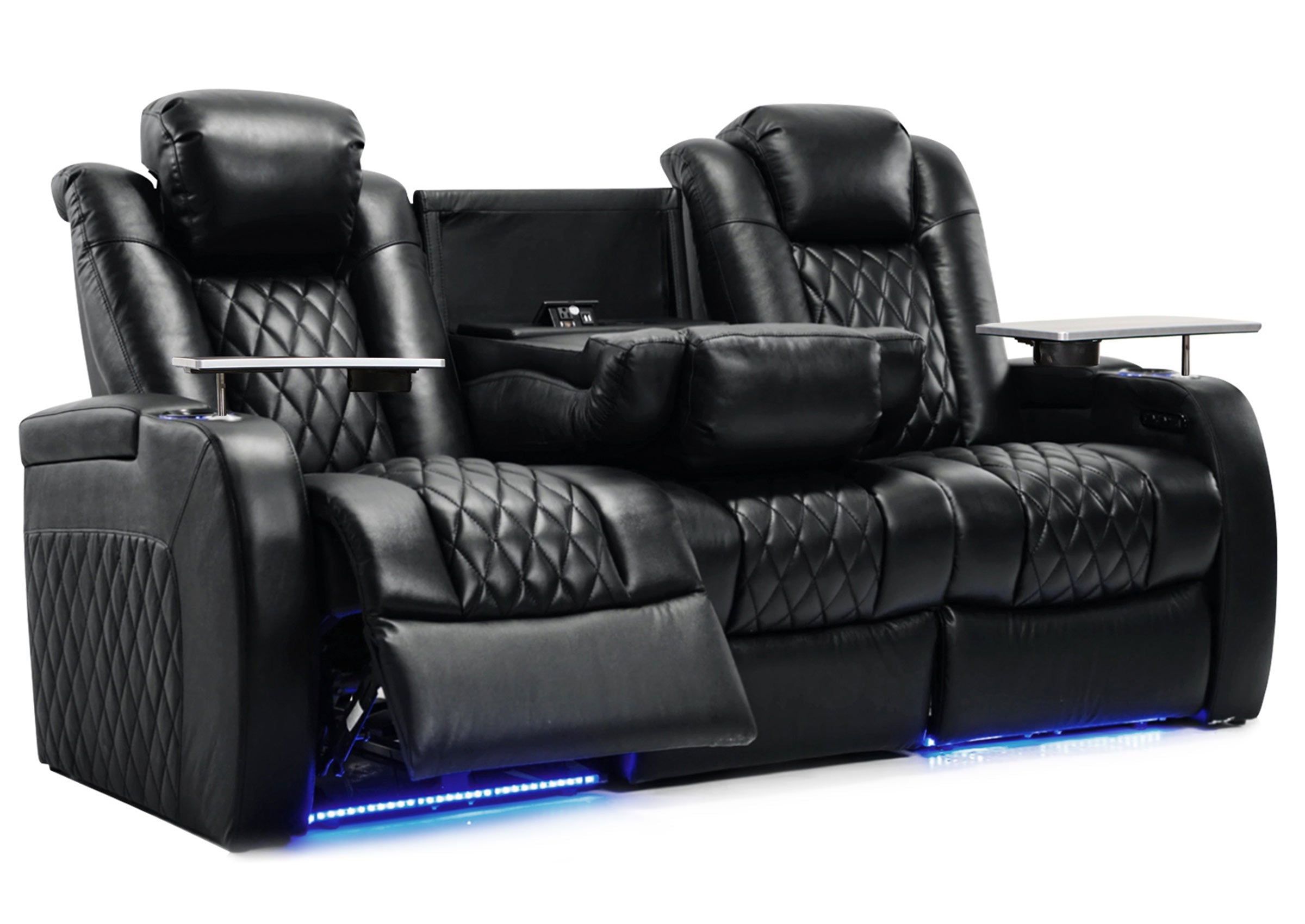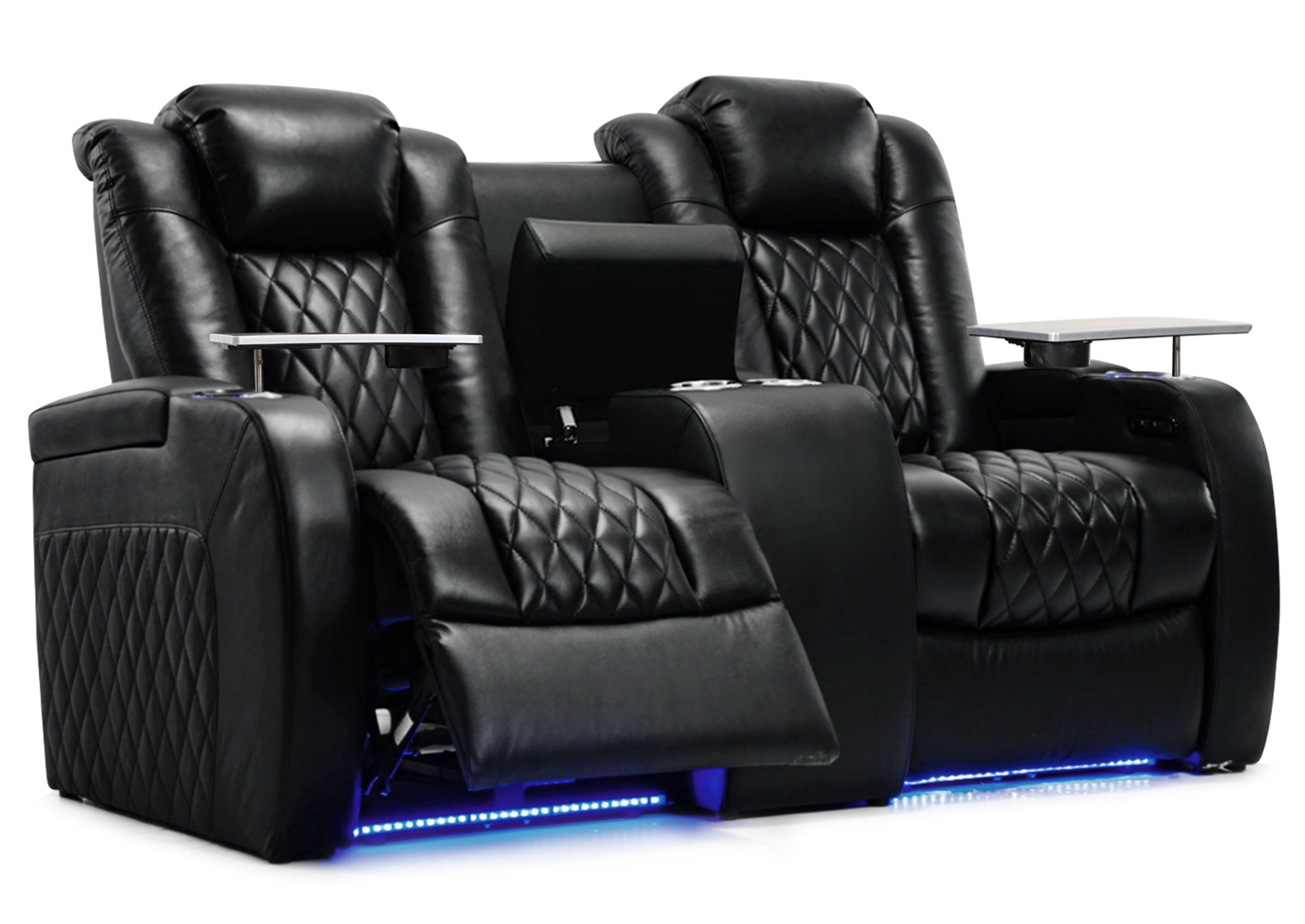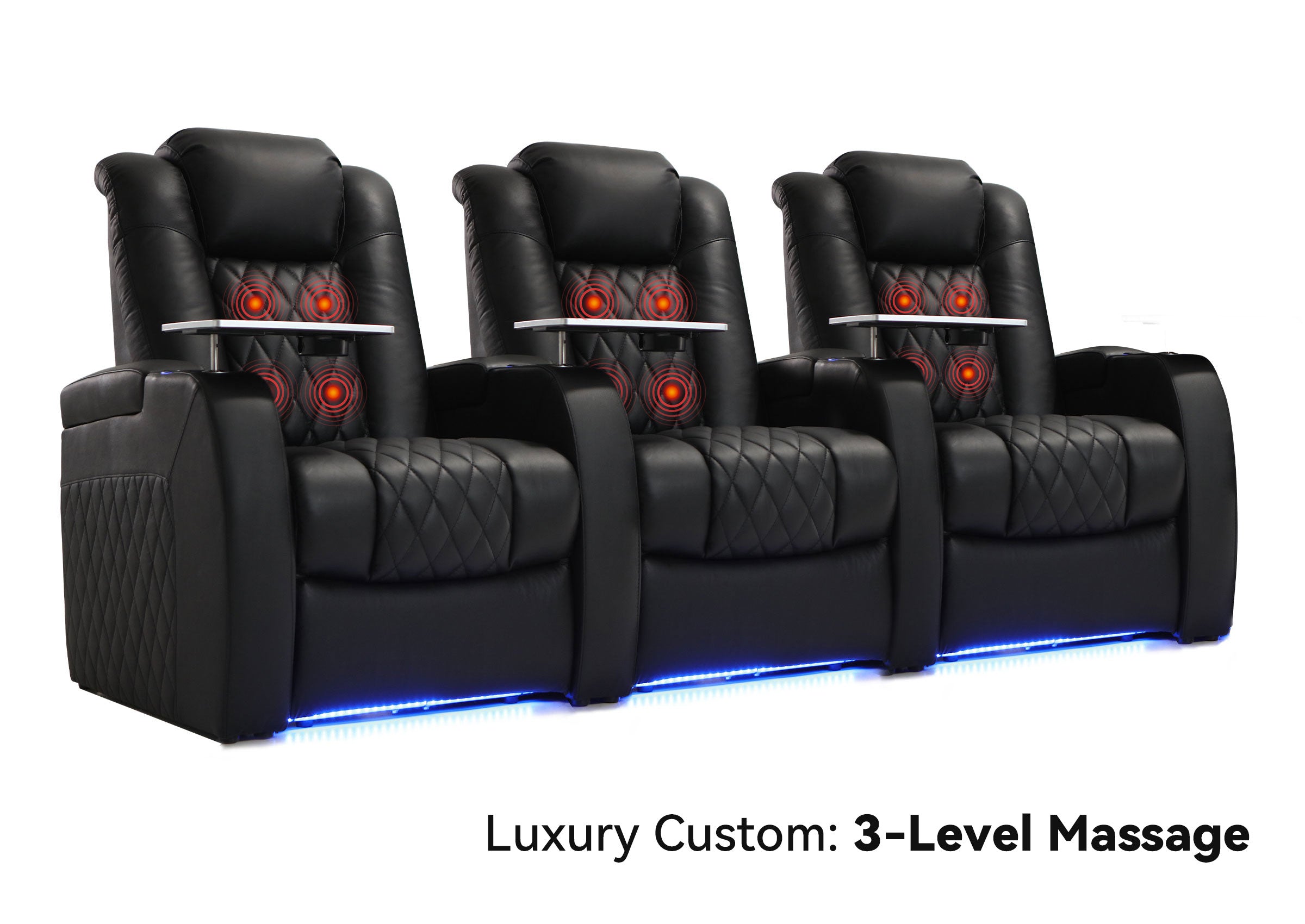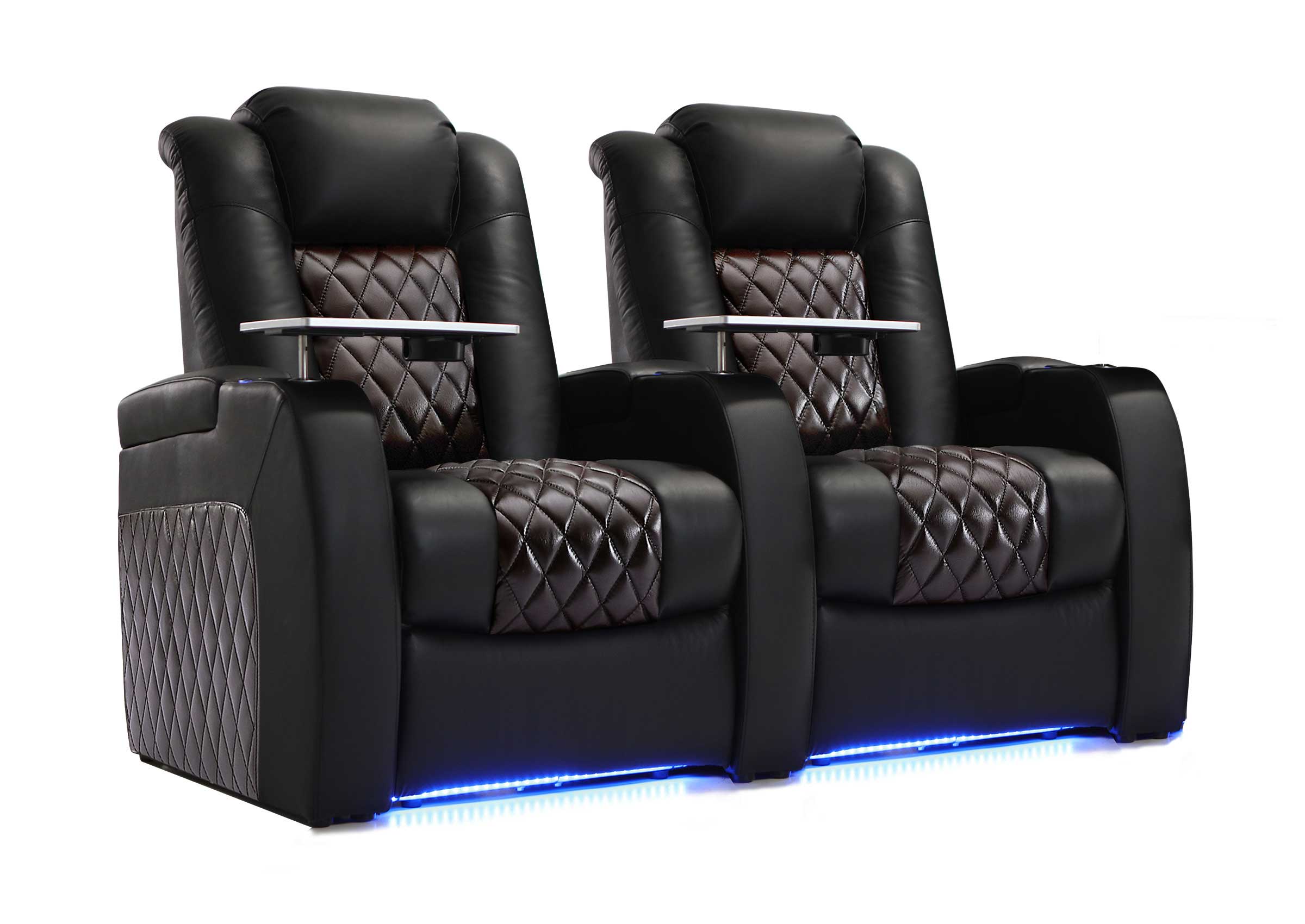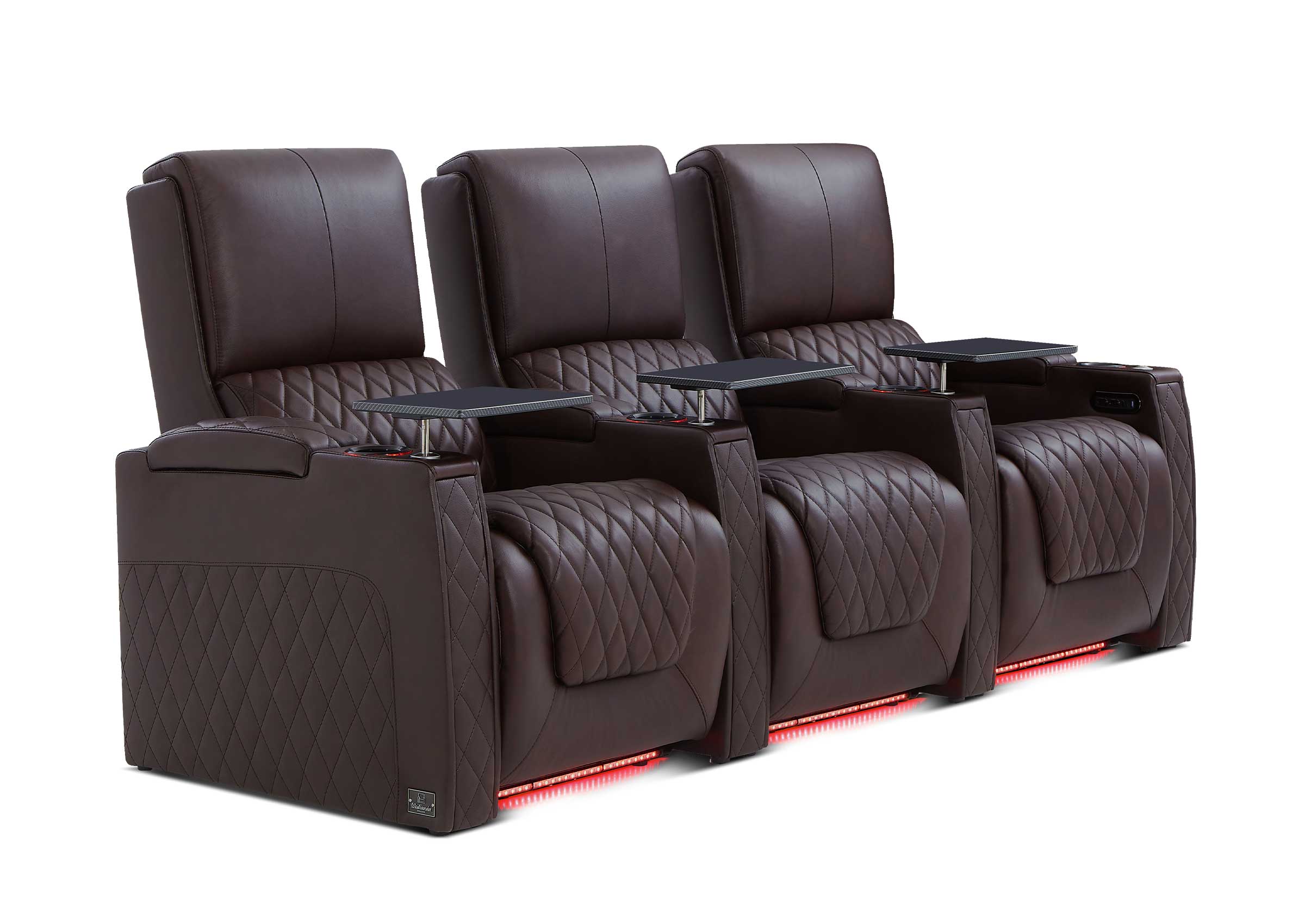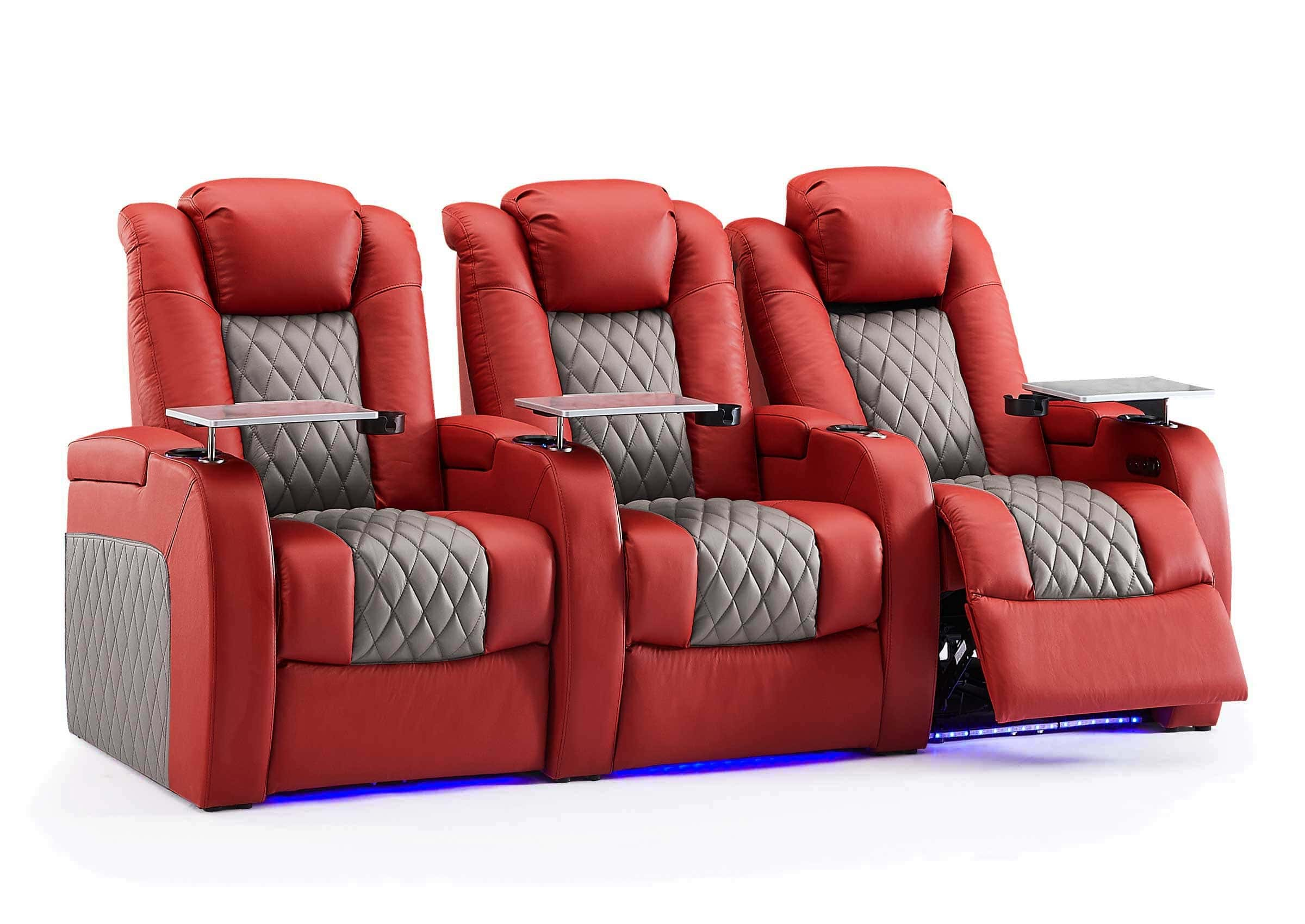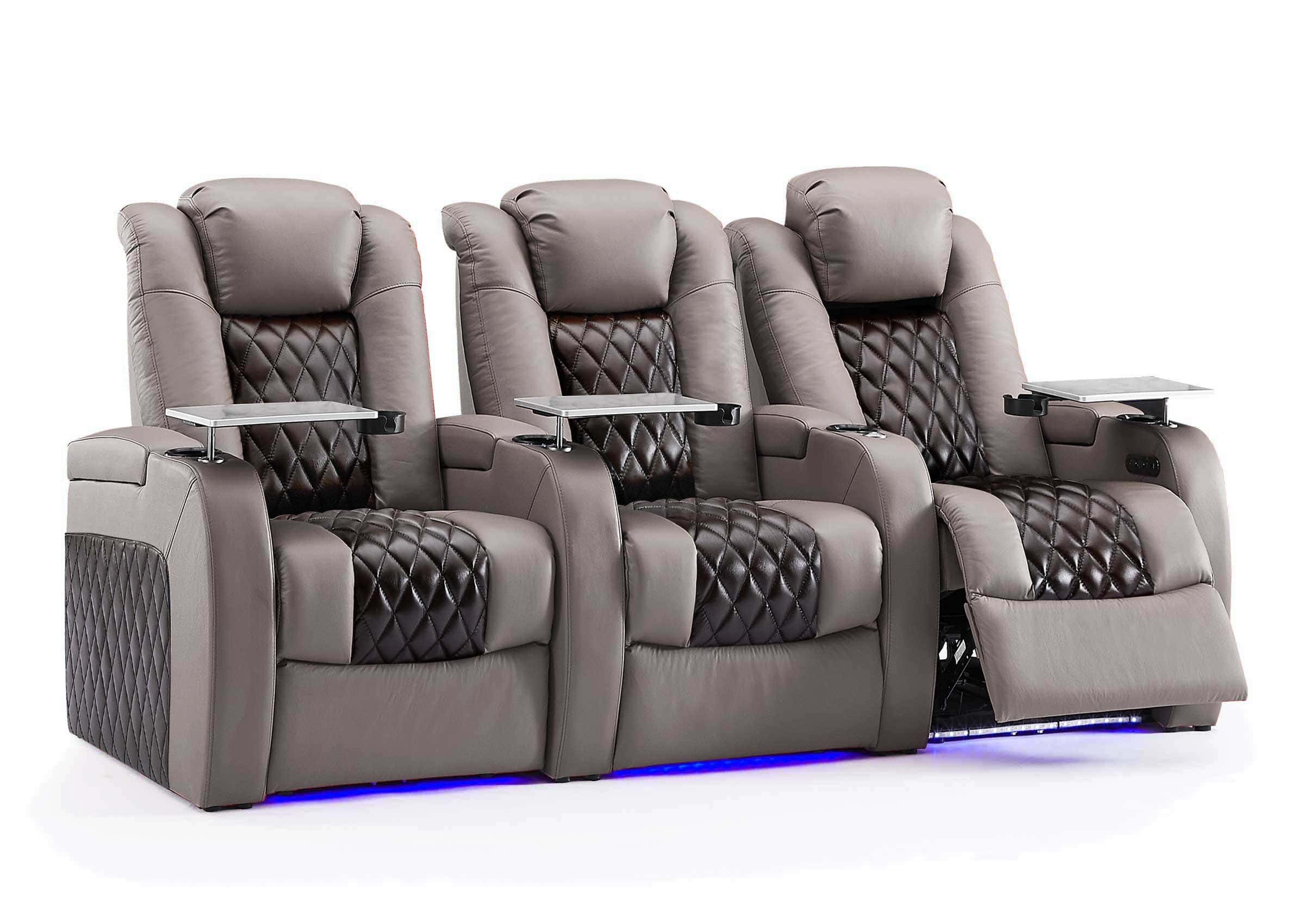Creating the perfect home theater requires thoughtful design and attention to detail. Many enthusiasts rush into setting up their dream cinema space at home without considering critical design elements, often leading to common mistakes that can significantly hinder the experience.
This article explores 8 of the most prevalent home theater design errors, providing insights into how to avoid them to enhance your viewing and listening experience.
1. Inadequate Room Dimensions and Shape
The choice of room for a home theater significantly impacts the sound quality and visual experience due to its dimensions and shape. A room that is too small can cause sound waves to bounce around, leading to an excess of reverberation and potentially an echo effect, which muddles the audio clarity. Conversely, in a too-large room, sound can dissipate before reaching the listener, making audio seem faint and disconnected from the visuals. Ideally, the room should be rectangular rather than square, as square rooms tend to produce standing waves that distort sound. The dimensions of the room also dictate the possible screen size; if the room is too narrow, the screen must be smaller, reducing the cinematic feel. The best proportion for a home theater room is a ratio of 1.6:1 between width and length, aligning with the golden ratio for acoustics, which helps to minimize acoustic issues and supports a better distribution of sound waves.
2. Poor Speaker Placement
Speaker placement is crucial in creating an immersive audio experience in a home theater. Incorrect placement can result in sound distortions and an imbalance in audio quality, affecting the overall enjoyment of the media. For example, speakers placed too close to walls or corners can enhance the bass frequencies disproportionately, overshadowing dialogues and mid-range sounds. Ideally, the front speakers should be placed at an equal distance from the screen and at ear height when seated. Surround speakers should be positioned slightly behind the viewer to enhance the feeling of being enveloped by sound. Dolby Atmos setups, which include overhead speakers, need careful placement to ensure the sound envelops the listener accurately, mimicking a real-life audio environment. Not adhering to these principles can lead to a flat and unengaging audio experience, undermining the potential of high-quality audio equipment.
3. Poor Acoustic Treatments
Neglecting proper acoustic treatments in a home theater can significantly degrade audio quality, resulting in echo and reverberation issues that muddle clarity.
Common Mistakes:
- Over-reliance on Single Absorptive Materials: Using only one type of sound-absorbing material, like covering entire walls with soft panels or oversized carpets, can lead to excessive absorption of high frequencies while leaving low frequencies unmanaged.
- Ignoring Diffusion Needs: Failing to incorporate diffusion elements results in uneven sound distribution, creating dead zones or areas of excessive reflection.
Effective Solutions:
- Layered Sound Absorption: Use a combination of thick acoustic foam panels to absorb low frequencies and thinner materials such as curtains or tapestry for mid and high frequencies.
- Incorporate Diffusers: Install wall-mounted diffusers—like pyramid-shaped or cylindrical designs—to scatter sound evenly. Ceiling-mounted diffusion panels also help balance the acoustics.
- Balanced Approach: Combine absorptive and diffusive elements strategically to achieve a harmonious sound environment without sacrificing any frequency range, ensuring clarity and richness in audio playback.
4. Overlook Lighting Control
In a home theater, proper lighting is crucial for good screen picture quality. Natural or ambient light can create reflections and glare, spoiling visibility and color accuracy.
Common Lighting Errors
A completely dark environment can tire your eyes, and lights shining on the screen cause glare.
Right Lighting Fixes
Go for Layered Lighting:
- Base Light: Choose LED downlights with ≤3000K color temperature. They offer warm, even light.
- Ambient Light: Install hidden strip lights. They reduce screen - room contrast and ease eye strain.
- Task Light: Use dimmable reading lights for added convenience.
Block outside light with blackout curtains.
Use dimmable LED lights inside. Dim them during viewing to boost visibility and set a cinema mood.
Place lights so they don’t face the screen directly, avoiding light spill that disturbs viewing. This way, you can keep the screen clear and vivid for a great viewing time.
5. Choose the Wrong Screen Size
Selecting an inappropriate screen size for a home theater can drastically impact viewing comfort and the overall cinematic experience. A screen that's too large for a room forces viewers to constantly move their heads and eyes to capture the entire scene, leading to neck strain and visual discomfort. Conversely, a screen that's too small may not provide the immersive experience expected from a home theater, making details harder to see and diminishing the impact of visual effects. The optimal screen size should be based on the distance from the seating area to the screen; a general guideline is that viewers should be seated at a distance of approximately 1.5 to 2.5 times the diagonal width of the screen. This range helps in achieving a balance where the screen fills a substantial part of the viewer's field of vision without causing discomfort.
6. Seat Discomfort
Comfortable seating is crucial in a home theater setup to ensure viewers can enjoy long movies or binge-watching sessions without discomfort. Uncomfortable seating or poorly arranged furniture can detract from the experience, causing distraction and physical discomfort, which can lead to less frequent use of the theater. Seats should be ergonomically designed to support the back, neck, and arms, and allow for easy adjustments for different viewers. The arrangement of furniture also plays a role; there should be ample legroom and the layout should ensure that each seat has a clear, unobstructed view of the screen. Additionally, the seating should be tiered or staggered in a way that mimics a commercial theater, ensuring that everyone has an optimal line of sight. Quality seating and thoughtful arrangement enhance comfort and make the home theater inviting and enjoyable for everyone.
7. Ignore Aesthetic Integration
Ignoring the integration of technology with the room's decor can lead to a home theater that feels out of place or disjointed within your home. Aesthetic integration involves ensuring that the technical components of the home theater, such as speakers, screens, and projectors, complement the overall design and feel of the room. This can be achieved by selecting technology that matches the room’s color scheme, concealing wiring within walls or decorative molding, and using furniture that both houses the technology and aligns with the room's style. For example, speakers can be built into custom cabinetry that matches the room's woodwork, or projectors can be recessed into ceilings and hidden when not in use. Properly integrating technology not only enhances the visual appeal of the space but also makes the home theater feel like a cohesive part of the home rather than an afterthought.
8. Skimp on Quality Cabling and Power Supply
Using low-quality cables and inadequate power supply can not only cause technical issues but also potentially damage your home theater equipment. High-quality cabling is crucial for the longevity and performance of high-end audiovisual components. Quality cables ensure that audio and video signals are transmitted without interference or loss, which is vital for achieving the best sound and picture quality. Furthermore, a robust power supply that can handle the load of all components is essential to prevent voltage drops and spikes that can damage sensitive electronics. It's advisable to invest in surge protectors and power conditioners that not only supply a steady power stream but also protect equipment from electrical anomalies. By investing in high-quality cables and a reliable power setup, you can enhance the performance of your home theater system and avoid costly repairs or replacements down the line.
Final Words
Setting up an ideal home theater is a blend of art and science, requiring careful consideration of various elements to avoid common pitfalls. By understanding the importance of room dimensions, speaker placement, acoustic treatments, lighting control, screen size, comfortable seating, aesthetic integration, and the quality of cabling and power supply, you can create a space that not only looks great but also provides the ultimate cinematic experience. Avoiding these eight mistakes will ensure your home theater is a well-designed escape for enjoying your favorite films and shows in the best possible environment.







